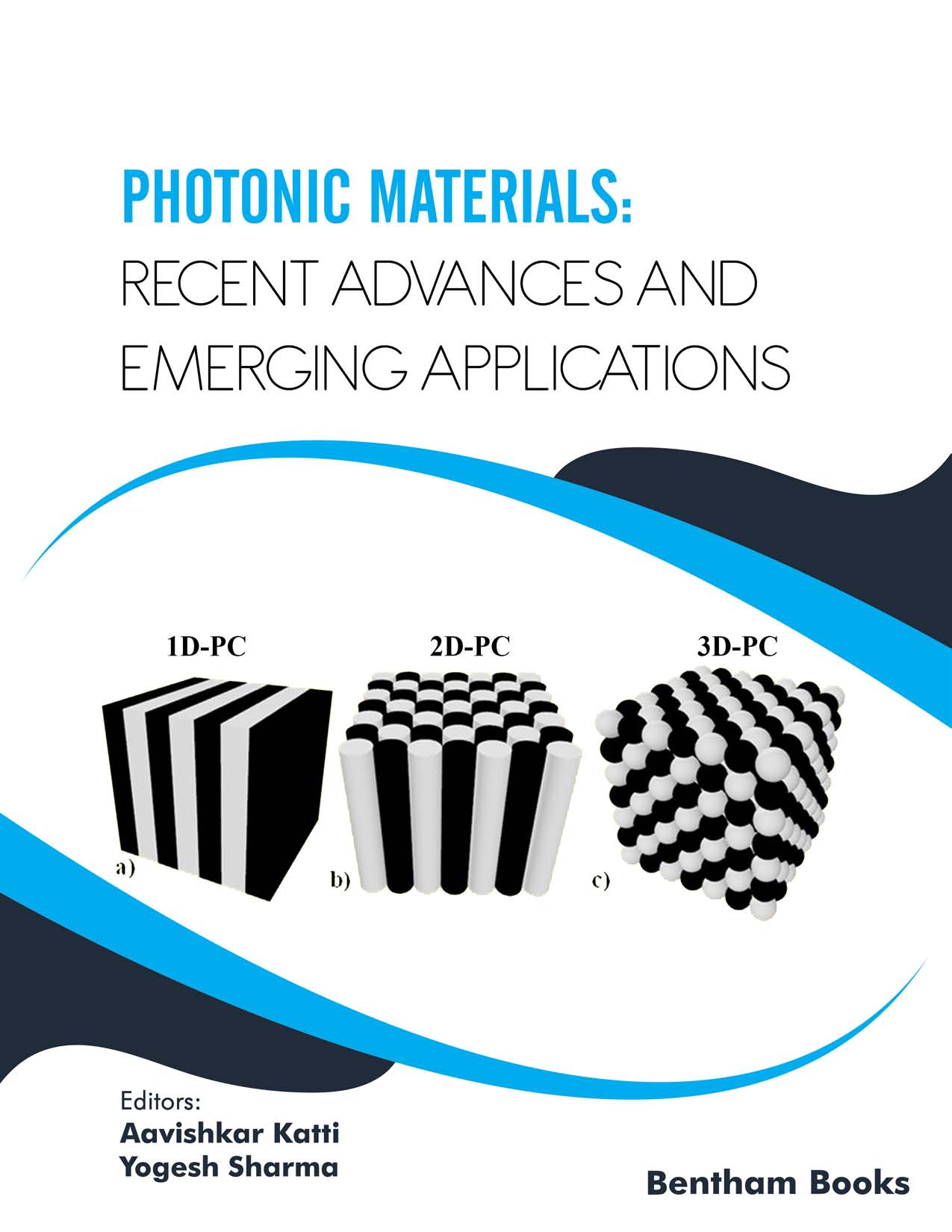Introduction
This book is a review of photonic materials and their applications. It presents 14 chapters, that give a snapshot of the field including basic sciences (photonics, plasmonics, advanced optics, nanophotonics) and applications (renewable energy, fiber-optics, lasers and smart materials).
The book starts with a summary of recent developments in photonic crystal (PC) applications. This introduction is followed by chapters that present design concepts and investigations of PC devices such as:
- All-optical XOR gates using 2D photonic crystals
- One-dimensional PCs containing germanium (Ge).
- Graphene surface plasmonics
- Nanophotonics and fiber-optic lasers
- Chalcogenides
- Bragg Fibers and more
The broad range of topics make this an informative source on current and exciting photonics research, and the variety of photonic materials. It serves as a reference for graduate scholars (in physics and materials science) and allied researchers who have a keen interest in photonics.
Audience
Graduate scholars (in physics and materials science); allied researchers who have a keen interest in photonics.

